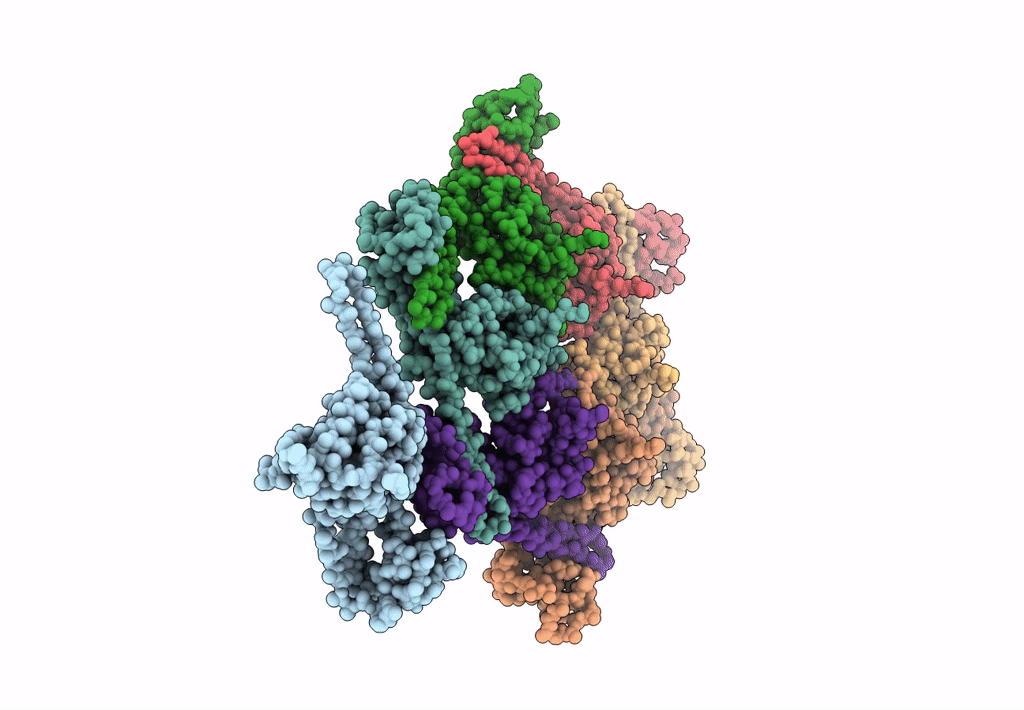
Deposition Date
2018-01-05
Release Date
2018-01-17
Last Version Date
2024-03-13
Entry Detail
PDB ID:
6C21
Keywords:
Title:
Capsid protein in the Staphylococcus aureus phage 80alpha mature capsid
Biological Source:
Source Organism:
Staphylococcus virus 80alpha (Taxon ID: 53369)
Host Organism:
Method Details:
Experimental Method:
Resolution:
5.20 Å
Aggregation State:
PARTICLE
Reconstruction Method:
SINGLE PARTICLE


